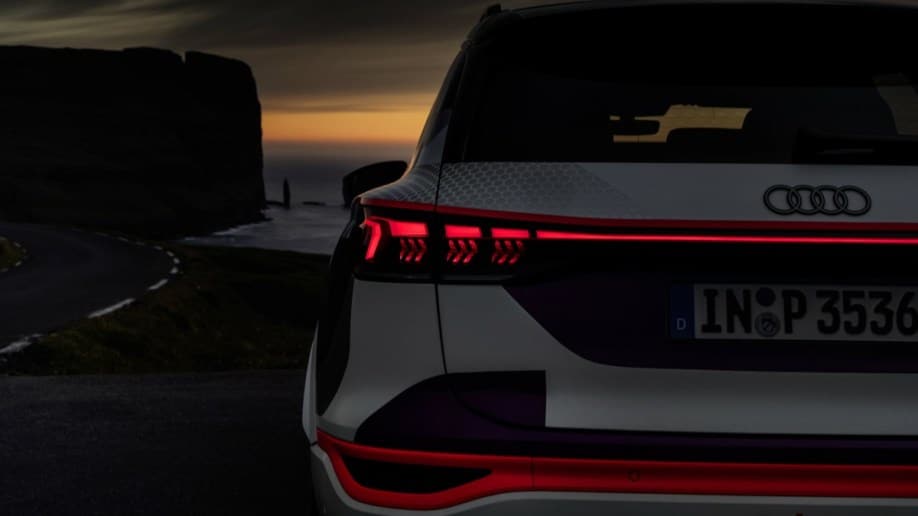
Audi says the new electric vehicle (EV) will “redefine the industry’s benchmarks in terms of performance, range, and charging.”
None of that is particularly unique. Automakers routinely boast about the improvements they’re making in EV range and charging.
What’s unique about the Q6 e-tron are its tail lights. They have a vocabulary all their own.
Audi explains “the second generation digital OLED rear lights” can “communicate with other road users by displaying information.”
The lights are made up of six panels, each containing 360 segments.
By lighting some segments and not others, “the digital OLED rear lights can specifically communicate with the immediate environment.”
The lights, Audi says, could warn other drivers of “accidents and breakdowns by displaying a specific static rear light signature with integrated warning symbols.”
Many cars on the market in 2023 use external sensors to power an exit warning that alerts them not to open a door when a car or bicycle is approaching. Audi says it can take that idea further, using the rear lights to “warn cyclists or drivers approaching from behind” that a door is about to open.
If Audi’s idea catches on, other automakers are already in a position to adopt it.
New light signatures are a trend in car design this year. Some Hyundai models, like the Ioniq 5 and Ioniq 6, use a pixelated lighting system that could function similarly. The latest Lincoln Navigator can play a greeting animation in its lights as its driver approaches.







